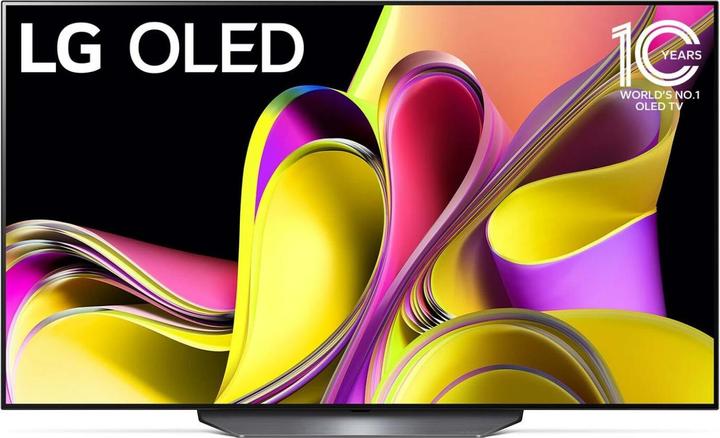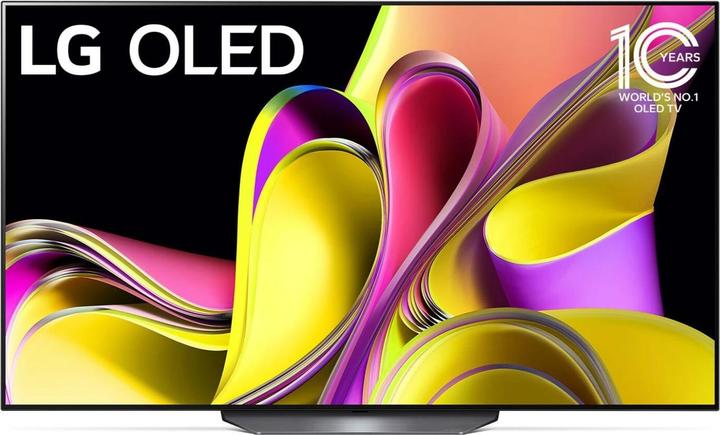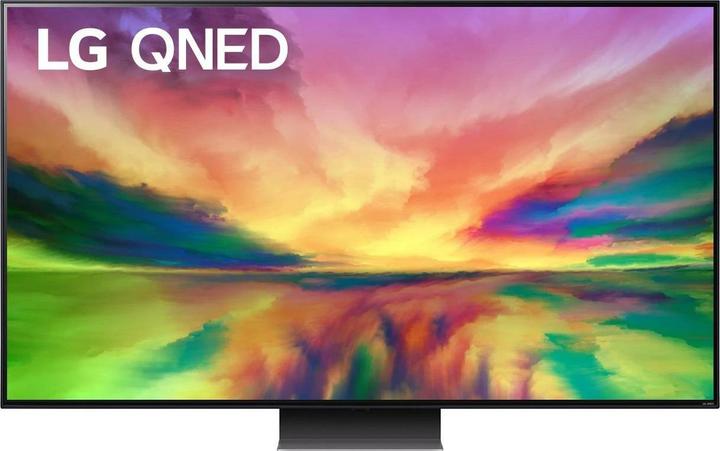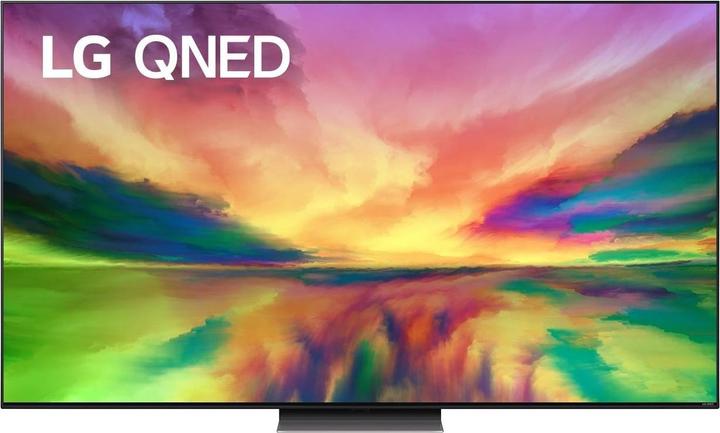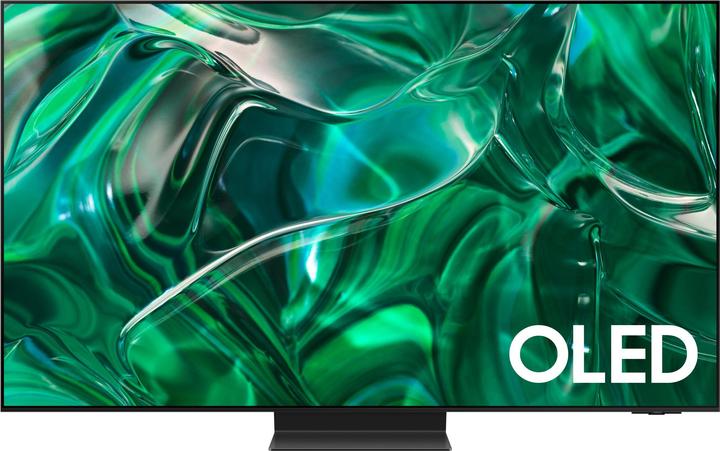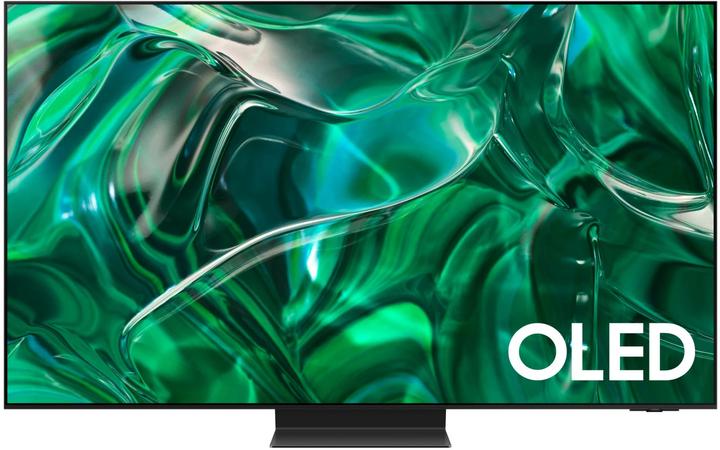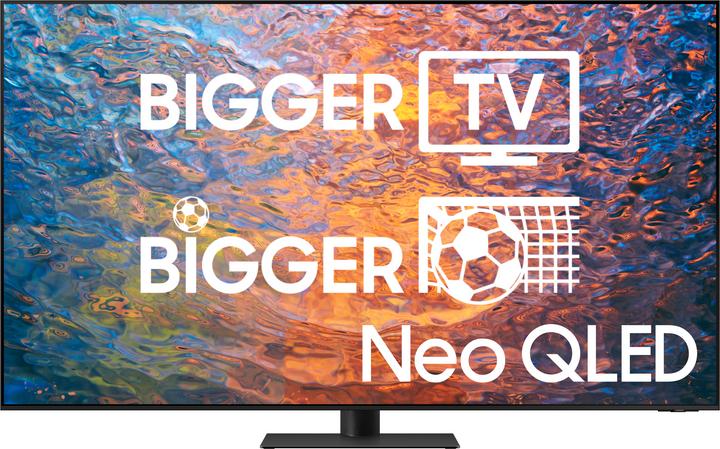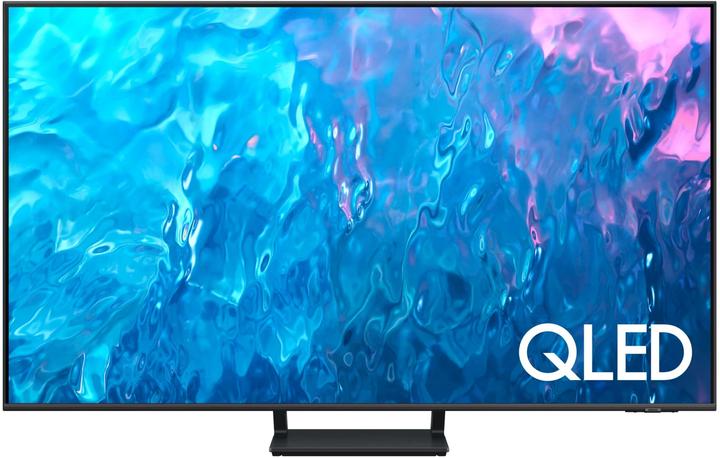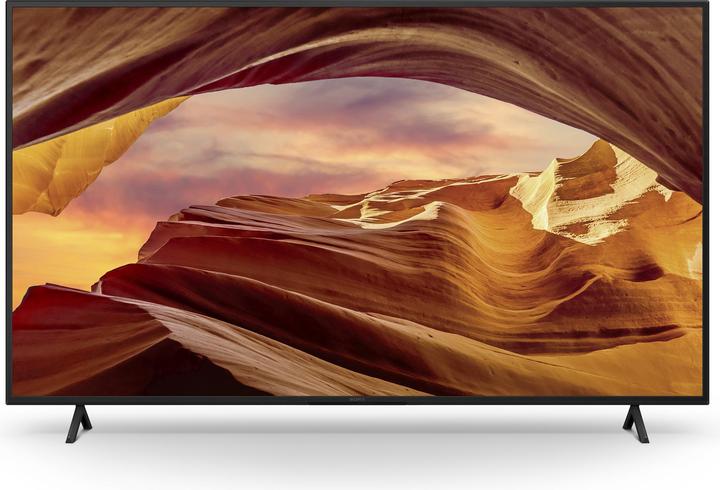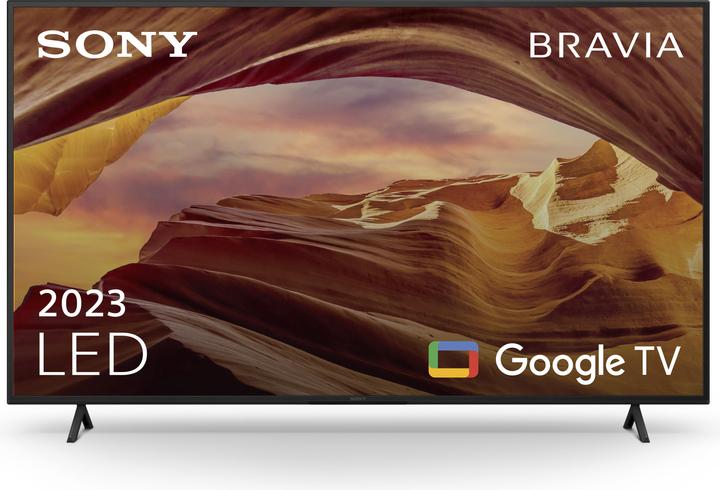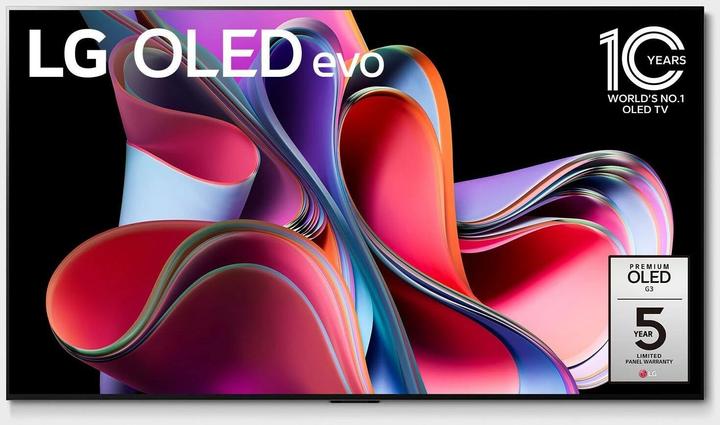

The ultimate TV guide: which should I buy?
If you want to buy a new TV, you first have to fight your way through a maze of features and technologies. Want some perspective? And a few recommendations? I’ll help you find your way.
«Luca, I need a new TV. But I don’t know where to start. Can you help?»
I’m often asked this question. And it’s no wonder. Explaining how TV technologies work is difficult enough without getting into technical jargon. But without it, the explanation often boils down to meaningless marketing blah. I also hear this in conversations with manufacturers. Anyone who seeks advice from salespeople in a shop wants advice, not a lesson. But this is quickly reduced to the usual tired buzzwords.
I want to remedy that. Looking for a new TV but don’t know where to start your search? I’ll help you – with three points, explained simply and clearly, but without sacrificing the necessary detail. And I’ll finish off with my very personal TV recommendations.
Point 1: There are two important image technologies
First things first: how does a TV work? First, millions of pixels create the image. It’s then coloured using colour filters. Finally, a background light makes the finished image shine.
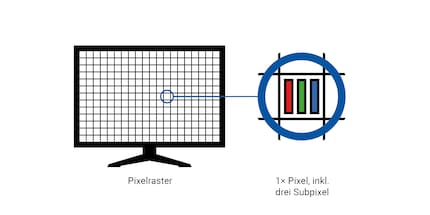
Source: Sven Mathis
The fact that this is actually much more complicated than described above need not concern you at this point. All you need to know is that there are currently two image technologies that are relevant to you:
- LCD
- OLED
In short, LCD pixels create the image and are illuminated by a background light – the LEDs. That’s why you often read about «LED TVs» on sales flyers. If it says that, then you know that what we actually mean are LCD TVs with LED backlights.
In OLED televisions, however, the LEDs themselves become pixels. They not only produce the light, but also the image, so they don’t require an additional LED layer. The South Korean TV manufacturer LG made this technology acceptable.
Point 2: Which is better – LCD or OLED?
The rule of thumb is that LCD TVs shine much brighter, but OLED models produce a better picture. In bright rooms, LCD TVs are more likely to have the edge. OLED ones perform better in darkened rooms. Perfect black levels are typical for OLED televisions. They enable significantly better contrasts and therefore stronger colours.
«I often watch TV in the evenings when it gets dark, so I’ll definitely buy an OLED TV. Let’s see how much it costs… Oh…»
Yes, OLED televisions aren’t only better, but they’re also usually a little more expensive. Especially in medium-priced TV segments or in the entry-level TV range. That’s why many more LCD models are still sold than OLED versions. That’s why manufacturers still invest a lot of money in the research and development of LCD TVs.
The best of these new LCD TVs are in the high-price segment, and they’re often more expensive than OLED models. So, if you want to spend a lot of money on a TV – more than 2,000 francs – you’d better off picking an OLED version. Unless you really watch TV during the day or in a room that’s flooded with light.
Point 3: Quantum Dot and Mini LED – you need to remember these two terms
I still have to give you two exotic pieces of TV jargon:
- Quantum Dot
- Mini LED
Samsung made quantum dot technology acceptable. But other manufacturers such as Sony and LG also use it. They call it Triluminos (Sony) or Nano Cell (LG). In principle, quantum dots absorb the white LED background light and change its colours – in such a way that the colours don’t lose their luminance. For simplicity’s sake, you can think of it as quantum dots improving the contrast levels of LCD TVs – and more recently, OLED models as well. Ordinary colour filters, on the other hand, tend to reduce the luminance of the colours.
The other development concerns the backlight. Ordinary LEDs can’t (yet) be made as small as LCD pixels. This means that several thousand pixels are grouped in front of an LED. This used to create a kind of halo around bright objects against a dark background. For example, if the moon in the dark night sky was illuminated by its background LED, so was the directly adjacent night sky around the moon.
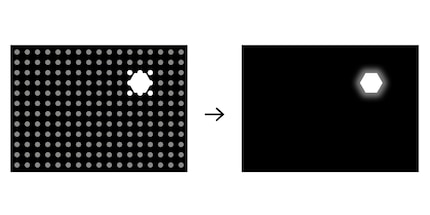
Source: Sven Mathis
Manufacturers are now managing to build ever smaller LEDs. The latest generation is just micrometres in size and has a new name: Mini LED. This means that controlling the brightness per pixel is much better than before. The halo doesn’t disappear completely, but it almost disappears. And as a nice side effect, Mini LED also improves the contrast values and with them the colour rendering of LCD TVs. But: Mini LED versions are among the most expensive models on the market – and I still think OLED TVs are better.
Which TVs do I specifically recommend?
When I talk to our readers, I often notice that they already have a slight bias towards a manufacturer before they buy. That’s why it probably makes the most sense for me to recommend something in the high, medium and low price segments for each manufacturer. That way, you’ll have a selection according to your budget and be able to rank the TVs of the same quality.
LG: Master of OLED
LG is a South Korean TV manufacturer. Its greatest achievement in the TV sector is having established OLED televisions on the mass market since 2016. Even today, all manufacturers of OLED TVs buy their OLED panel from LG. That includes Sony, Philips and Panasonic.
Top range
LG OLED G3: Expensive? Yes. But I’ve never tested a better TV. What particularly surprised me was how bright the G3 is for an OLED television. When it comes to peak brightness, even some LCD televisions in the same price range look old in comparison. The colour accuracy is amazing. The processor is strong and therefore very good at upscaling inferior sources that don’t have UHD resolution, such as live TV and sports broadcasts. And gamers get their money's worth with a very good input lag of 10.1 milliseconds. There’s nothing this TV can’t do.
Mid-range
LG OLED C3: Calling the C series a mid-range series is actually an insult. Before the G series existed, LG always marketed the C series as its flagship. Now, LG uses the best technology from last year in the C series, but sells it at a significantly better price. So when it comes to the best price-performance ratio, the C series almost always wins. And yes, the C series is also suitable for watching films and series as well as for gaming.
LG OLED B3: The B series is aimed at those who don’t want an expensive television due to budget constraints, but still have high demands and a preference for OLED. It differs from its big brothers primarily in its slightly less bright panel and the slightly weaker processor. When gaming, for example, this means a slightly slower but still good input lag of 12.6 milliseconds. After all, unlike previous years, this year the B series also has a 120 Hertz panel. This is especially important for gaming.
Entry level
LG QNED 816: You can’t go wrong with LG’s QNED series if you’re on a tighter budget. These are LG’s LCD TVs with quantum dot technology. So that means a solid, bright TV with good contrast, a mid-range processor for upscaling and a 120Hz panel for gaming.
Samsung: A gamechanger with QD-OLED, but also very good mini-LED TVs
Samsung also comes from South Korea and is by far the largest TV manufacturer in the world in terms of TV sales. Curiously, for a long time, Samsung spurned OLED televisions because they were the only ones who didn’t think their technology was sophisticated enough. Since last year, however, they’ve also been getting involved with QD-OLED, a the next step up from OLED.
Top range
Samsung QD-OLED S95C: A look towards the future: QD-OLED. Samsung is the first and only manufacturer that can build OLED panels with quantum dots. This ensures particularly bright and colour-accurate OLED televisions, the likes of which I have rarely experienced in testing. Thanks to a very good input lag of 9.7 milliseconds, the TV is also ideal for gaming. A minor drawback is that Samsung TVs don’t support Dolby Vision, a popular HDR format. Not because they can’t. But because they don’t want it.
Samsung Mini LED QN95C: Samsung also markets this TV as absolutely top of the line. But I haven’t tested it myself. I did, however, test its predecessor. That’s why I can tell you with great certainty that the QN95C is an excellent television for most applications. The TV impresses with its very high peak brightness, especially in bright rooms. And thanks to the mini-LED backlight, it has unusually deep black levels for LCD TVs – and therefore excellent contrast. But it’s certainly not cheap.
Mid-range
Samsung QD-OLED S90C: Similar to LG’s C series, selling the S90C as mid-range would be doing the TV an injustice. The panel hardly differs from the S95C. You need a trained eye to see the minimal difference in brightness. The only obvious difference is that the S90C doesn’t have a One Connect Box. This is a separate box with all the connections – similar to a receiver – which is intended to ensure less cable chaos at the back of the TV. If you can do without it, you’ll get almost the same TV as the S95C – but much cheaper.
Entry level
Samsung QLED Q70C: In recent years, Samsung has primarily advertised its QLED televisions – LCD televisions with quantum dot colour filters. So if there’s one manufacturer that’s perfected the technology so much that you get a more than solid TV even in this price range, it’s Samsung. What you don’t have with this model is local dimming – the black levels could be better – and bright objects against a dark background can cause the halo described above.
Sony: Takes inspiration from others – and adds Google TV on top
Sony comes from Japan and buys its OLED panels from LG and its QD-OLED panels from Samsung. It doesn’t sound particularly spectacular, but Sony is really good at building its processors. This is important. Because processors are the «brain» of the television, and no other manufacturer builds better ones than Sony.
Top range
Sony QD-OLED A95L: It has the same panel that Samsung installed in its S95C. In other words, Sony’s A95L is one of the best TVs currently available, perfect for watching films and series or for gaming. The big, important difference to Samsung’s TV, however, is that it supports Dolby Vision. And that Sony uses Google TV, which in my opinion is the best, clearest, most pleasant operating system on the market and most compatible with other devices and software. Only the price is typical for Sony: painfully high.
Mid-range
Sony Mini LED X95L: It’s quite possible that Sony won’t agree with me describing the X95L as a mid-range TV. But after my test, I can say with a clear conscience that its direct competition – Samsung’s QN95C, also a mini-LED TV – is in a different league. Especially when it comes to brightness and contrast. But the X95L also costs a lot less. And what’s even more important for many: the X95L supports Dolby Vision.


Sony XR-65X95L
65", X95L, Mini-LED, 4K, 2023
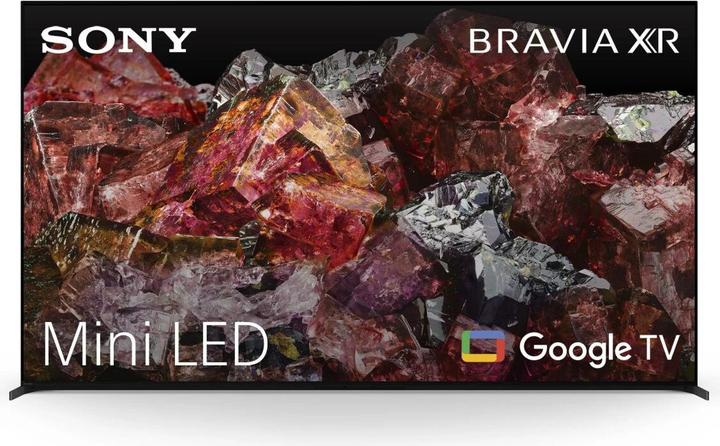
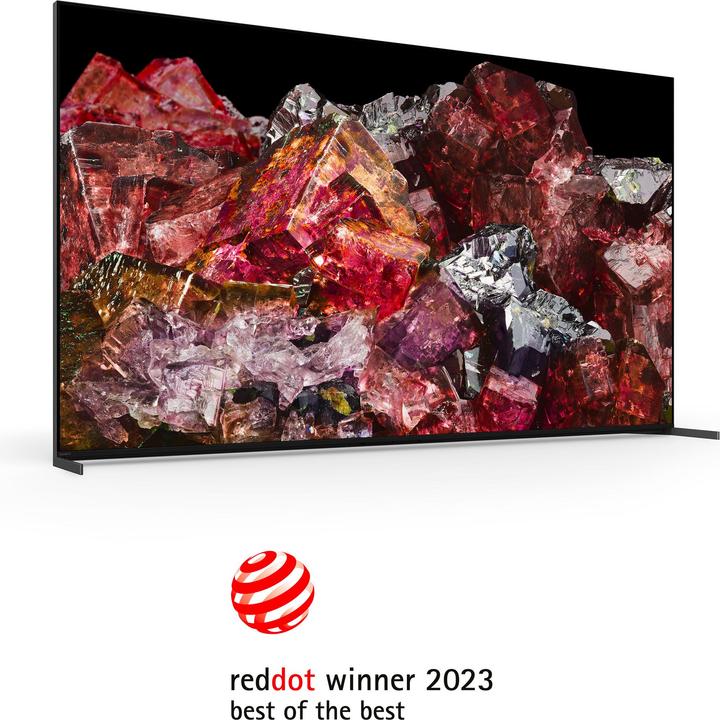
Entry level
Sony FALD X75WL: My definitive insider tip: Sony’s X75WL. Virtually no other TV produces an image that looks significantly sharper and with more contrast than its price suggests. In addition, as is typical for Sony, it has a more than solid processor, very decent contrasts, Google TV with integrated Chromecast and surprisingly rich sound from the integrated TV speakers. It’s definitely my favourite TV in the entry-level category.
Summing up
It’s clear to me that if you want to choose your new TV purely based on picture quality, you should choose a (QD) OLED model. If you don’t want to spend more than 1,000 francs on a large TV, it’ll be difficult. Then your only option is to get an LCD model. Especially if you tend to watch TV during the day or in bright rooms. Not that OLED TVs are unusable if there’s too much light in the room, but you’ll notice the difference in brightness pretty quickly if you have OLED and LCD TVs next to each other.
I hope this guide has given you a new and better understanding of current TVs – or at least a rough idea of which one you want to buy.
I write about technology as if it were cinema, and about films as if they were real life. Between bits and blockbusters, I’m after stories that move people, not just generate clicks. And yes – sometimes I listen to film scores louder than I probably should.
Practical solutions for everyday problems with technology, household hacks and much more.
Show all



